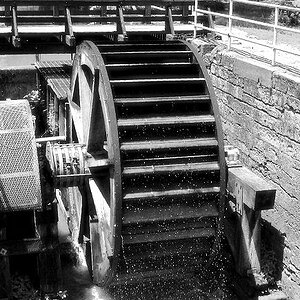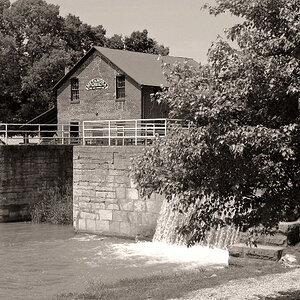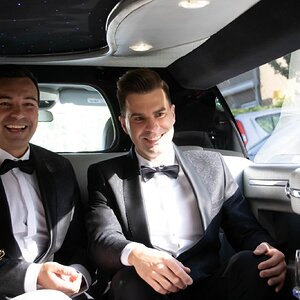kdabbagh
TPF Noob!
- Joined
- Dec 31, 2007
- Messages
- 148
- Reaction score
- 0
- Location
- Cairo
- Can others edit my Photos
- Photos OK to edit
Hey all,
At a recent photo outing I met a photographer who scolded me for using 'Lo1' setting on my D90. He said I should never go lower than ISO 200. He tried to explain something about dynamic range and Image Quality (IQ) being compromised if using the 'Lo' settings.
My understanding is that Lo1 is equivalent to ISO 100, which should produce the most noise-free exposures. I tried doing some research on dynamic range and IQ, but I admit, I am not so great at understanding all the technical details I found. All I understood that at the 'Lo' settings, the camera is conducting some sort of 'electronic trickery'.
I am wondering if anyone has any thoughts on this, and if in fact the Lo (and HI, according to that same photographer) settings are not favorable for shooting, what is your rationale behind it. Sorry if this question seems redundant or is too amateur
Thanks in advance!
At a recent photo outing I met a photographer who scolded me for using 'Lo1' setting on my D90. He said I should never go lower than ISO 200. He tried to explain something about dynamic range and Image Quality (IQ) being compromised if using the 'Lo' settings.
My understanding is that Lo1 is equivalent to ISO 100, which should produce the most noise-free exposures. I tried doing some research on dynamic range and IQ, but I admit, I am not so great at understanding all the technical details I found. All I understood that at the 'Lo' settings, the camera is conducting some sort of 'electronic trickery'.
I am wondering if anyone has any thoughts on this, and if in fact the Lo (and HI, according to that same photographer) settings are not favorable for shooting, what is your rationale behind it. Sorry if this question seems redundant or is too amateur
Thanks in advance!


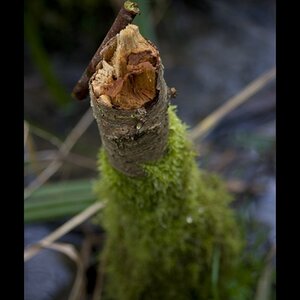
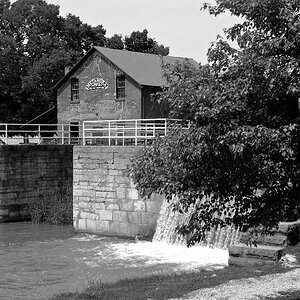
![[No title]](/data/xfmg/thumbnail/42/42397-30faa170de7ed9be38adf00b9b26a220.jpg?1619740167)
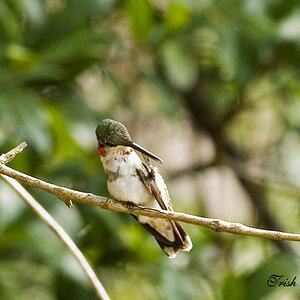
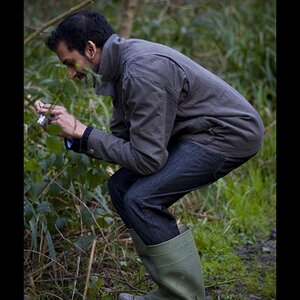

![[No title]](/data/xfmg/thumbnail/36/36651-948fc64542c147745d3f3c48bce31dce.jpg?1619737673)
